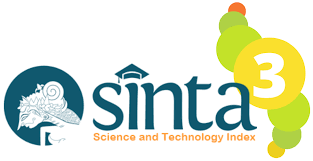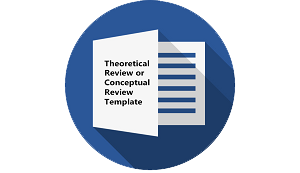MORPHOLOGICAL AND MORPHOPHONEMIC PROCESS OF ALAY VARIATION
DOI:
https://doi.org/10.30957/lingua.v12i1.71Keywords:
morphological, morphophonemic process, allay.Abstract
This study reports the morphological and morphonemic process of Alay variation as a communication model among Indonesia youth. Data were analysed by using qualitative approach applying thematic framing. Data were obtained from facebook and online writing communication. The study reveals that morphological process of Alay Words consist of affixation and non-affixation. Affixation includes: Internal change, Infixation, and Core of vowel change. Non-Affixation includes:  Borrowing, Coinage, Clipping, Acronym, Multiple process,  Reduplication, and Combination Text. Morphophonemic process is categorized into Loss of Phonemes, Addition of Phonemes, and  Simple Consonant Change. This way, Indonesia youth use this variety to code and mix among their group for internet account. Alay indicates an alternative in compressing words under 160 character-limit in text messages, ignoring standard rules as method of making strong password for internet discourse and  expression of mood and feeling dealing intimate mood, such as: love, heart break, and relationship.
Â
Â
Downloads
Downloads
Published
How to Cite
Issue
Section
License
Authors who publish with this journal agree to the following terms:
- Authors retain copyright and grant the journal right of first publication with the work simultaneously licensed under a Creative Commons Attribution-ShareAlike 4.0 International License that allows others to share the work with an acknowledgement of the work's authorship and initial publication in this journal.
- Authors are able to enter into separate, additional contractual arrangements for the non-exclusive distribution of the journal's published version of the work (e.g., post it to an institutional repository or publish it in a book), with an acknowledgement of its initial publication in this journal.
- Authors are permitted and encouraged to post their work online (e.g., in institutional repositories or on their website) prior to and during the submission process, as it can lead to productive exchanges, as well as earlier and greater citation of published work (See The Effect of Open Access).















